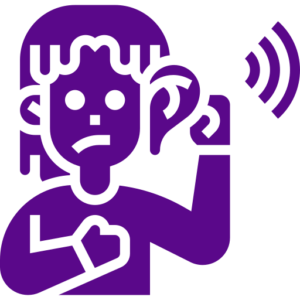

Respond:
The LAP is initiated when a trained and certified first responder arrives at the scene of a domestic violence call—or when a community professional believes a victim of abuse may be in danger—and assesses the victim’s situation. If the first responder believes the victim is in danger or if there is any doubt about the danger a victim may be facing, the first responder will ask the victim to answer a series of eleven, evidence-based questions known as the Lethality Screen. The questions are simple and focus on the victim’s level of danger to be seriously injured or killed by their intimate partner.
Assess:
If the victim’s responses to the questions indicate risk of homicide according to the LAP Screen’s scoring mechanism, the first responder privately informs the victim that there is concern for the victim’s safety, and that in situations like the victim’s, people have been killed. The first responder then makes a phone call to the hotline of the local community-based domestic violence service program (DVSP) and proceeds with one of two responses.


Connect the Survivor with Resources:
Once a High-Danger victim has been identified, the first responder immediately connects the victim via a hotline call to the local domestic violence service program (DVSP) for emergency safety planning and enhanced service provision
When the victim chooses to speak with the hotline advocate. The advocate conducts a brief (no more than 10 minutes), structured conversation with the victim to safety-plan for the next 24 hours. Depending on the courses of action discussed in the telephone conversation between the victim and advocate, the first responder may work with the advocate and victim to assist in the victim’s safety-plan (e.g., transporting the victim to shelter, or to a precinct to take out an emergency restraining order).
When the victim chooses not to speak with the hotline advocate. The officer still calls the hotline, offers once again for the victim to speak to the advocate, and if the victim declines a second time, the advocate safety plans with the victim through the officer. The officer reviews the factors that are predictive of homicide so the victim can be on the lookout for them, encourages the victim to contact the DVSP, and may follow other protocol measures to address the victim’s safety and well-being.

